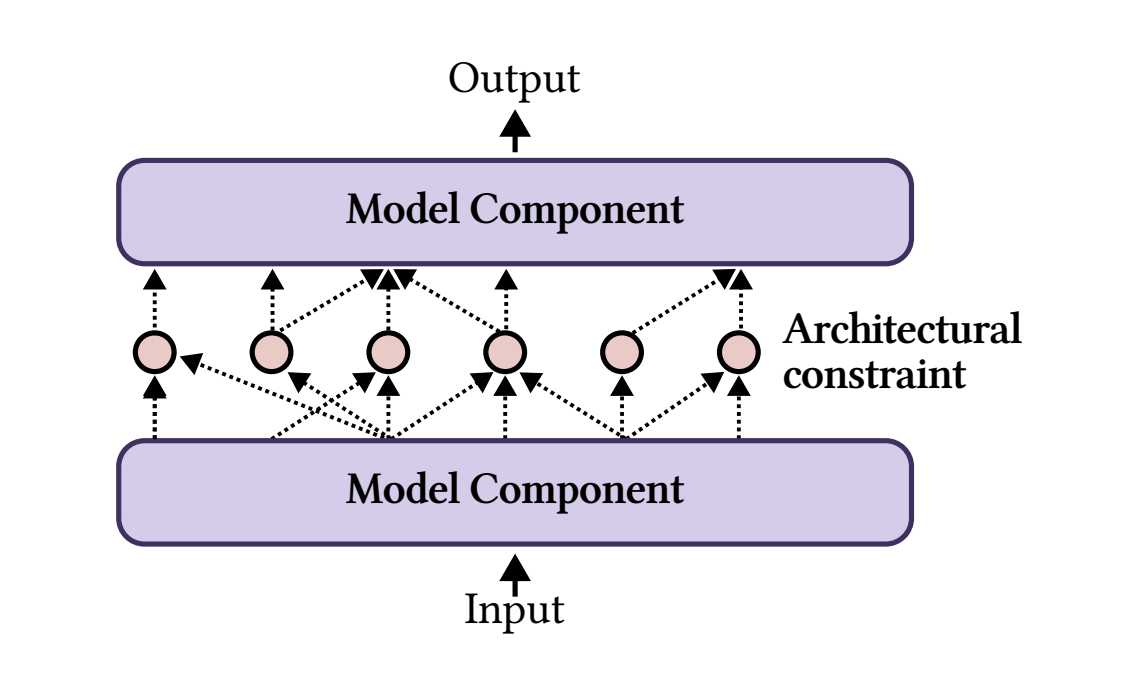
Challenges in AI Model Interpretability
AI models often struggle to provide clear and reliable explanations for their decisions. This is particularly important in critical sectors like healthcare, finance, and policymaking, where misunderstandings can lead to serious consequences. Current methods for explaining AI—both intrinsic (using interpretable models) and post-hoc (explaining complex models after training)—are not sufficiently effective. This limitation restricts the use of AI in high-stakes areas, highlighting the urgent need for better solutions.
Current Approaches and Their Limitations
Intrinsic methods involve models like decision trees that are designed to be interpretable. However, these can lack broader applicability and may not perform as well as more complex models. Post-hoc methods aim to explain existing models using techniques like feature attribution but often produce inconsistent and unreliable explanations. These shortcomings show the need for a new framework that integrates accuracy, generality, and interpretability.
Innovative Solutions for Faithful AI Explanations
Researchers are developing three key paradigms aimed at enhancing AI model explanations:
- Learn-to-Faithfully-Explain: This approach optimizes both predictions and explanations to ensure they align with the model’s reasoning.
- Faithfulness-Measurable Models: These models incorporate mechanisms to measure the accuracy of explanations, ensuring optimal generation without hindering flexibility.
- Self-Explaining Models: These models provide predictions and explanations together, making them suitable for real-time applications, though they need further refinement for reliability.
Testing and Evaluation
These methods will be tested on both synthetic and real-world datasets, focusing on faithfulness and interpretability. They employ advanced techniques like Joint Amortized Explanation Models (JAMs) to ensure model predictions are accurate and scalable. Challenges such as robustness to new data and reducing computational costs are also being addressed.
Significant Benefits of New Frameworks
The new approaches show promising improvements in explanation quality without sacrificing prediction performance. For instance, the Learn-to-Faithfully-Explain method enhances faithfulness metrics by 15% over traditional benchmarks. Faithfulness-Measurable Models provide strong, quantifiable explanations while maintaining high accuracy. Self-explaining models offer intuitive interpretations, although they require further enhancements for reliability.
Future Directions
These innovative frameworks transform how we interpret complex AI systems, promoting safety and trustworthiness. By improving the balance between interpretability and performance, they pave the way for meaningful advancements in real-world applications. Ongoing efforts will focus on making these models scalable and impactful across various industries.
Get Involved
Explore the full research paper and credit the researchers for their work. Stay connected with us on Twitter, join our Telegram Channel, and become part of our LinkedIn Group. If you appreciate our insights, subscribe to our newsletter and join our 55k+ ML SubReddit.
Discover how AI can transform your business:
- Identify Automation Opportunities: Find areas in customer interactions that can benefit from AI.
- Define KPIs: Ensure measurable impacts from your AI initiatives.
- Select an AI Solution: Choose tools that fit your needs and allow customization.
- Implement Gradually: Start with a pilot project, gather insights, and expand responsibly.
For AI KPI management advice, reach out to us at hello@itinai.com. Follow our updates on Telegram and Twitter.
Discover solutions to enhance your sales processes and customer engagement at itinai.com.


























